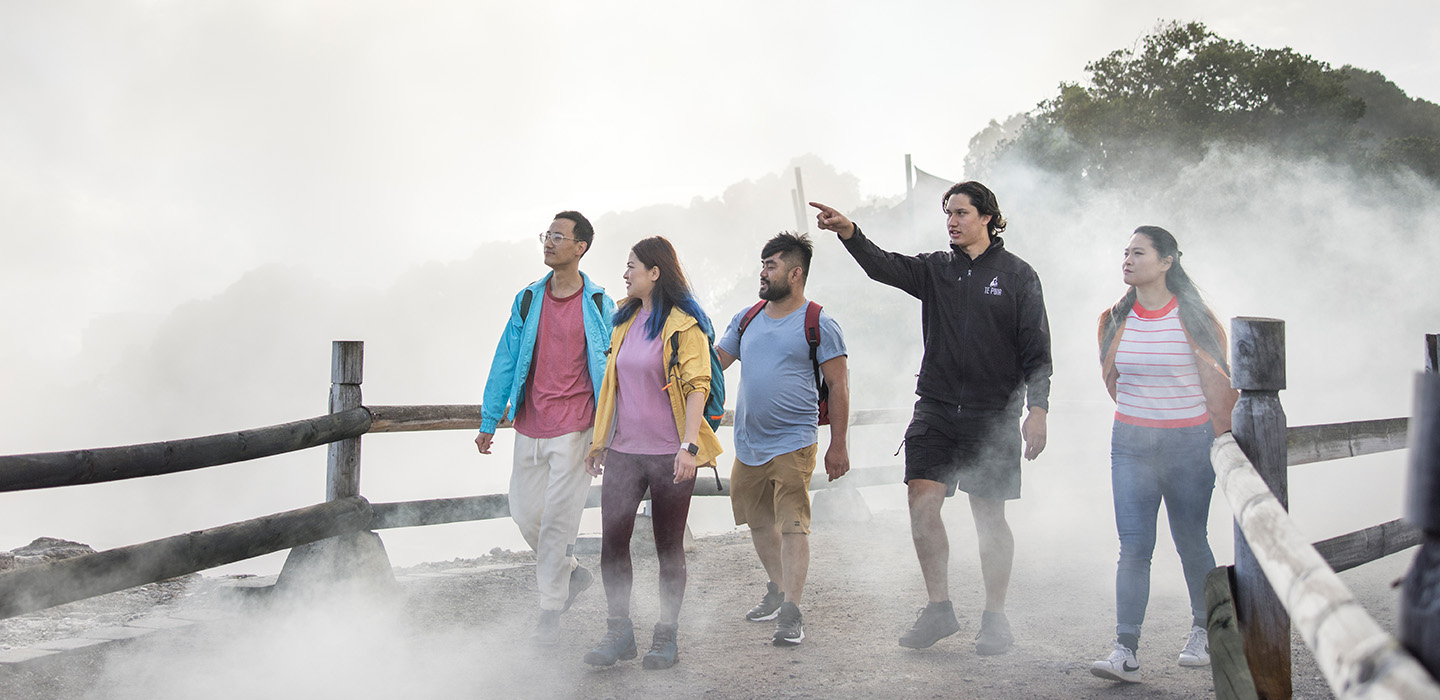
A new skill standard has been developed that will help learners excel in the role of storyteller, particularly in the tourism industry, with a focus on the integration of culture, language and values.
The idea for the new skill standard – Perform as a Storyteller for visitors – was driven by industry, informed by the Tourism Industry Transformation Plan, and was one of the key recommendations made at the Ringa Hora Kaupapa Māori Tourism Hui with industry last year.
RInga Hora Services Workforce Development Council was also approached by a tour guiding business to explore options for workplace-based learning, in particular, storytelling in a tourism context. A review of the New Zealand Certificate in Tour Guiding also demonstrated the need for the new standard.
“Story telling is an intrinsic part of tour guiding and tourism,” says Roz Tocker, Ringa Hora Qualifications Development Facilitator. “This has been developed as a skill standard, which is a building block that gives us flexibility should there be a need for a micro-credential on tour guiding or other service areas.”
Learners of the new skill standard will have the ability to deliver an authentic and culturally enriched service experience for visitors that contributes to a deeper understanding and appreciation of Aotearoa’s places, history, and culture, while actively mastering the art of storytelling.
Learning outcomes include:
- Present stories to visitors
- Provide manaakitanga to visitors
- Demonstrate cross cultural communication to connect with diverse audiences.
The learning is designed to be assessed in a workplace with visitors or in training facilities that realistically reproduce the conditions of a workplace.
Part of the assessment criteria is demonstrating the ability to adapt storytelling techniques to different audiences, ensuring clarity, coherence, and cultural relevance. The storytelling concept has been kept open, focusing on integrating cultural language and values. This means that Māori and non-Māori can contextualise it however they wish.
